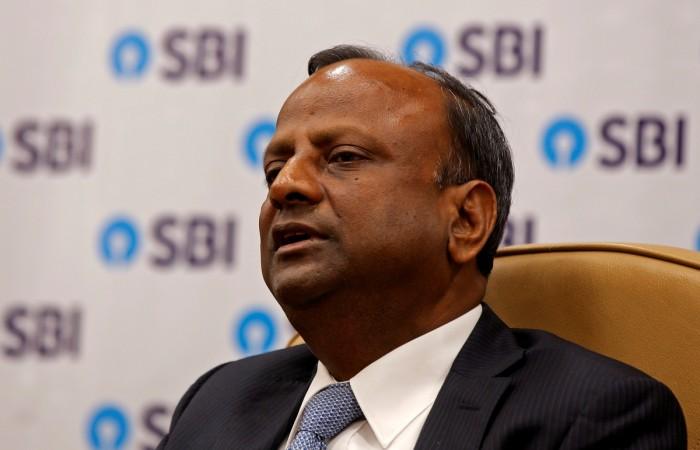
The country's largest -- State Bank of India (SBI) -- will soon prepare a roadmap for the next three years to tackle issues like asset quality, credit growth, digitisation and human resources management, the newly-appointed chairman, Rajnish Kumar, said.
"We will have to see what is working, what is not working, what course correction is required and then we will have a blueprint for the next 36 months with our short and long-term goals clearly delineated," Kumar said on Friday.
Kumar is set to take charge as the chairman of the bank on October 7 for three years. He will succeed Arundhati Bhattacharya, who will retire on Friday.
Reviving credit growth and resolution of stressed assets will be the top priority for SBI, said Kumar, who currently heads the national banking division.
As of June 30, the bank's gross non-performing loans stood at Rs 1.88 lakh crore, which is a tenth of its total loans. SBI is also the lead bank in a majority of 40 cases referred for bankruptcy proceedings at the National Company Law Tribunal (NCLT), Mint reported.
While taking questions from the reporters, Kumar said, "As far as the stress in the large corporate (segment) is concerned, each case is different (in) complexity. I will definitely be doing a review on a case-to-case basis with our teams."
On restoring credit growth, the veteran banker said that retail loans, including those for small and medium enterprise and agriculture, will be the key drivers for growth. He also said that the bank won't change its loan growth target of 6-8 percent for the financial year 2018.
On digitisation, the chairman-designate said that the lender will continue to emphasise on digitisation. "Undergoing digital transformation and readying the bank for the future, I have been leading this initiative in my previous capacity as well. That will be continued," he said.
The Reserve Bank of India (RBI) had recently proposed banks to link lending rates with external benchmarks rates. Kumar said the benchmark rate should apply to both assets and liabilities. "It cannot be a one-sided affair. Any change in the methodology should ensure that the pricing of the loan product and liability product will have to move in tandem," he explained.

















